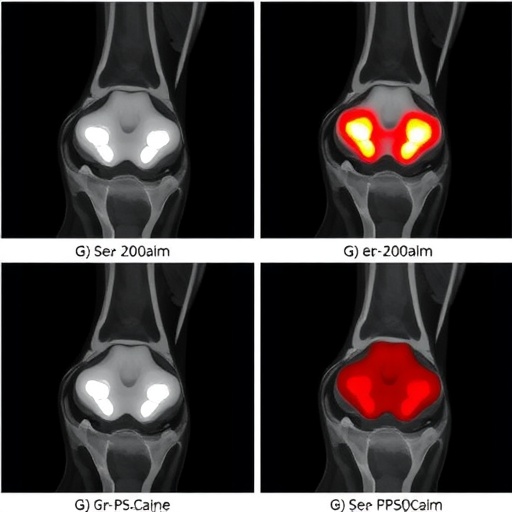MAYWOOD, IL – While deployed in combat zones, U.S. armed forces prepare for the rigors of combat and stay in peak condition by lifting weights during intense and demanding workouts.
However a new study has found that serious chest muscle injuries are occurring with "alarming frequency" among deployed service members who lift weights. The injuries – tears of the pectoralis major tendon – occurred while doing bench press weight training. The injuries then required surgical repair and six months recovery.
Loyola Medicine orthopaedic surgeon Dane Salazar, MD, a former Air Force orthopaedic surgeon, is lead author of the study, published March 13, 2018 in the Journal of Orthopedics and Rheumatology.
Dr. Salazar and fellow Air Force orthopaedic surgeon W. Steven Choate, MD, treated nine active duty soldiers and airmen for pectoralis tears during just four months at a hospital in a forward deployed location. The injury is relatively rare among civilians. In fact, a shoulder-and-elbow surgeon may see an average of less than one pectoralis tear a year.
Deployed active duty personnel "likely represent a high-risk population for this injury," Dr. Salazar and colleagues wrote. "Future studies designed to identify the true incidence, report long-term outcomes and investigate modifiable patient risk factors in this population are warranted."
Before joining Loyola, Dr. Salazar spent 14 years in the U.S. Air Force Medical Corps. From the fall of 2013 through the summer of 2014, he was deployed at an expeditionary medical treatment facility (field hospital).
During a four month span in that deployment, Drs. Salazar and Choate treated nine male patients (four Army, five Air Force) for pectoralis major tears. All were injured while doing bench press weight training. At the time of injury, the weight on the bench press bar ranged from 135 pounds to 415 pounds, with an average of 258 pounds. The servicemen ranged in age from 23 to 52, with an average age of 32. Three were officers and six were enlisted.
The pectoralis major muscle has two distinct heads. One originates at the collar bone. The other extends from the chest bone to the upper arm bone via a tendon. The muscle-and-tendon unit often is referred to as "the Pec" or "pec muscle."
The surgeons hypothesize that the pectoralis major tears "can be attributed to the increase in both intensity and frequency of physical training that occurs during deployments to the war zone."
The field hospital lacked all of the equipment and technology of a civilian hospital. For example, the surgeons had to send pectoralis tear patients to foreign local hospitals for MRIs. Nevertheless, Drs. Salazar and Choate were able to successfully repair the pectoralis tears without serious complications. They used a technique called bone trough and transosseous repair.
Following surgery, the patients wore slings for six weeks. From six weeks to four months, the patients did physical therapy, but could not lift anything heavier than five pounds. From four months to six months, patients continued therapy and began light strengthening exercises. They were allowed to resume full activity at six months. All were able to return to duty.
To reduce the risk of pectoralis injuries, the surgeons urged the military to ban maximum-weight bench press competitions. They also recommend weightlifters lift lighter weights with more repetitions.
###
Dr. Salazar is an assistant professor in the department of orthopaedic surgery and rehabilitation of Loyola University Chicago Stritch School of Medicine. (During the time the study was conducted, Dr. Salazar was affiliated with St. Louis University School of Medicine.)
The study is titled "Acute Pectoralis Major Tears in Forward Deployed Active Duty U.S. Military Personnel: A Population at Risk?"
In addition to Drs. Salazar and Choate, other co-authors are Irshad Shakir, MD, Heidi Israel, PhD, Kara Van de Kieft, MD and the late Keith Joe, MD.
Media Contact
Jim Ritter
[email protected]
708-216-2445
@LoyolaHealth
http://www.luhs.org




